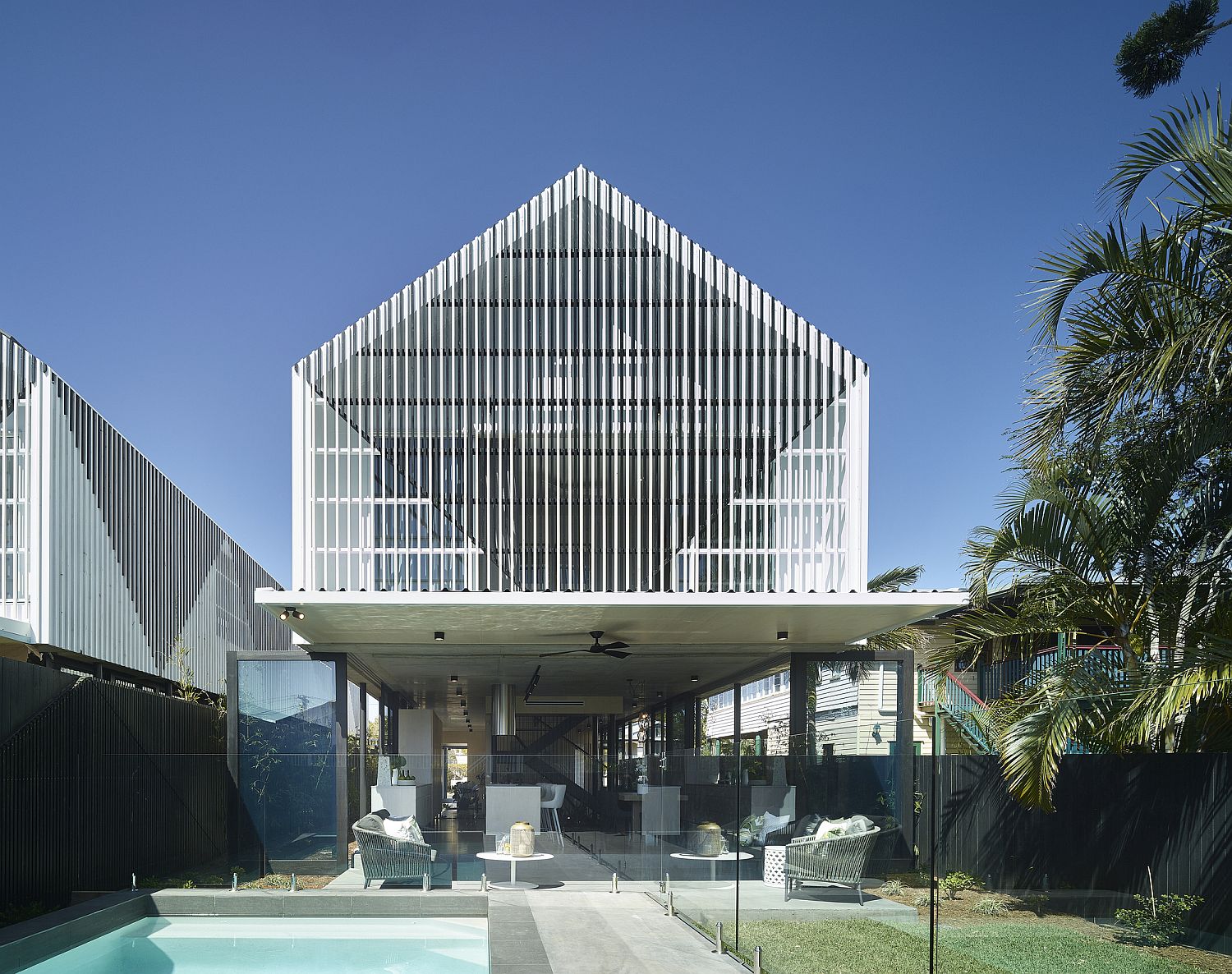Table Of Content
- A Fondness for Flowers – Enjoying Japan’s Flowers through the Seasons. Part 3: Sakura – Cherry Blossom
- Photo copyright retained by photo owners, all other content © Japan Objects 2024
- Related Posts
- Nageiredo: Most peculiar traditional Japanese architecture
- Home of the Week: A 19th-Century Brooklyn Townhouse That’s Updated for the 21st Century
- Rooms in a Traditional Japanese House

Take a wander through our vast garden of trees - a living collection that reflects the changes of the seasons. “My grandfather was living there alone, and when he died, we broke it down. Sumitomo Realty & Development Co., a major player in the housing market, began restoring minka three years ago in response to customer demand.
A Fondness for Flowers – Enjoying Japan’s Flowers through the Seasons. Part 3: Sakura – Cherry Blossom
Though the best, straightest wood was reserved for the samurai class, farmers made the most of what was left. Above is an image I happily stumbled into this morning (I would love to know the original source, by the way). Being able to envision a frame like that, and then make it all fit together takes serious foresight, creativity, and skill. Stacy Randall is a wife, mother, and freelance writer from NOLA that has always had a love for DIY projects, home organization, and making spaces beautiful. Together with her husband, she has been spending the last several years lovingly renovating her grandparent's former home, making it their own and learning a lot about life along the way. There are a small number of vending machines discretely located in the park, but otherwise no commercial facilities.

Photo copyright retained by photo owners, all other content © Japan Objects 2024
Stanley has gone into debt to finance his dream of building Shizutani School, a place where Japanese craftspeople will teach their arts. Now retired, the Oritas had a minka transplanted to the Izu peninsula, south of Tokyo, this year. She finds solace among its blackened posts and beams, set off by smooth, white plaster walls. In its heyday, the stately farmhouse sheltered a rice farming family along with trays upon trays of silkworms raised in its cavernous attic. But like most Japanese, the Konno family had long ago given up farming for city life, and they left this remote community known for its seaweed farms and tasty rice.
Related Posts
In this article, let’s take a look at some of the basic elements that make up a traditional Japanese house. In summer, an ice column placed on a wooden veranda provides natural air-conditioning as well as a treat for the eyes. The rattan rug laid on the tatami mats has a wattle pattern, which enhances the suggestion of coolness. The shoji screens have also been replaced by open-work sudare blinds.
There are some tables placed so that you can eat a box lunch while viewing the houses in a singularly pleasant environment. The museum itself is located in the Ikuta Ryokuchi Park, which also hosts an iris garden, a rose garden, the Kawasaki Municipal Science Museum (aimed at school children), and the Taro Okamoto Art Museum. Volunteer guides in each of the houses can provide detailed historical, social, and cultural background to each house. Guided tours in English are available by application and there is an app for self-guided tours available from both Google Play and the App Store. Illustrations in these articles have ranged from farm homes in a world heritage site to completely derelict and nondescript rural and urban dwellings.

That’s how it worked for Masako Orita, who learned to appreciate her heritage while living in the United Kingdom, where her husband served as Japanese ambassador. An elderly architect in a kimono stopped by, then returned the next day to work, wheelbarrow in hand. Yoshinao Matsumoto, 82, shuffled up, a baseball cap atop his thick white hair. Shimmying along a nearby beam was architecture student Chihiro Wada, entrusted with the crucial job of numbering each piece of wood and mapping its position. DEVOTEES of these cultural relics often fall in love with their bold, free-form spirit.
Rooms in a Traditional Japanese House
The Japanese fashioned these tatami mats from harvested rice grass which grows back every season. Traditionally, people used the standard tatami mat to measure out the size of the rooms in a minka. The tatami mat method remains popular today, with rental ads connoting room size by the number of tatami mats. For instance, it might describe a kitchen as “3-tatami mat size” or “10-tatami mat size” for a living room.
Latest Galleries in Homes for Sale
Can This Tiny House Solve Senior Housing Shortage? - WILL News - Illinois Public Media
Can This Tiny House Solve Senior Housing Shortage?.
Posted: Thu, 22 Nov 2018 08:00:00 GMT [source]
Because of the openness of a typical Minka, Amado’s are a necessary feature for protection from storms and inclement weather. Acting as a storm wall (or storm shutter), an Amado seals the home from the outside world and acts as a secondary means of privacy.
Located adjacent to the doma, the earthen-floored kitchen and utility area, the irori is where the family would gather to eat and relax. Just as with a formal reception room, there is a prescribed seating order around the irori, with the head of the household seated furthest from the kitchen area and the servants seated closest to the kitchen area. The kiritsuma (open gable, right) is the simplest style, with the roof sloping from the ridge down to the eaves on two sides, forming two triangular gables at the narrow ends of the house.
Tiny House Senior Assisted Living Alternative Minka Photos - Apartment Therapy
Tiny House Senior Assisted Living Alternative Minka Photos.
Posted: Fri, 23 Feb 2018 08:00:00 GMT [source]
The taruki are the rafters that extend from the ridge beam down to the eaves of the roof. Shitaji is the name given to roof framing timbers such as purlins or battens fixed horizontally across the rafters, that the roof cladding is attached to. The ōmune is the main ridge of the roof, the highest section of the house. Once the post and beam framework of the house is completed and the ridge beam finally put in place, a jōtōshiki or ridge beam-raising ceremony is held to bless the house and pray for its safety. A wooden fence (itabei) made of scorched planks of Japanese cedar lines the approach to the Sato house and extends seemingly endlessly.
Traditional Japanese houses have a special relationship with nature. In extreme cases, the best part of a lot was given over to the garden, and the house design on the land left over. Entire shoji walls can be pushed aside, creating an intimate unity with the garden. Carpenters in Japan have perfected techniques of drawing out the intrinsic beauty of wood. Brick buildings, when first built in Ginza around 1870, stayed untenanted for a long time, because people preferred to live in well ventilated wooden buildings.
My father was a carpenter and I grew up on residential construction sites. As a result, even now, more than a half-century after I last worked as a carpenter myself, I cannot pass a wood frame construction site without stopping to look. The tokonoma is an ornamental alcove set slightly above floor level.

No comments:
Post a Comment